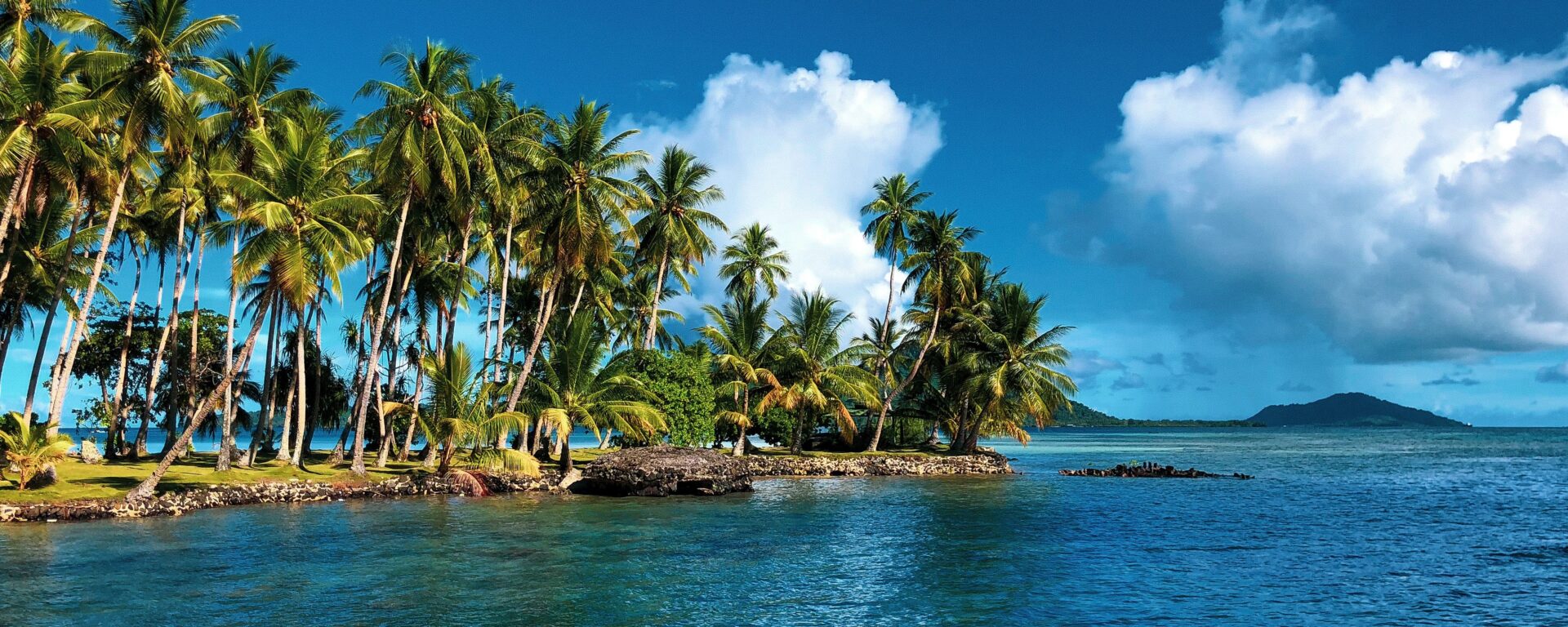The Micronesia Challenge 2030 goals aim to effectively manage 50% of the marine resources and 30% of terrestrial resources by 2030.
In 2006, the Micronesia Challenge began as a commitment by the Republic of Palau, Guam, the Commonwealth of the Northern Mariana Islands, the Federated State of Micronesia, and the Republic of the Marshall Islands to preserve the marine and terrestrial resources crucial to the survival of the Pacific traditions, cultures, and livelihoods. The overall goal of the initial Micronesia Challenge was to effectively conserve at least 30% of the near-shore marine resources and 20% of the terrestrial resources across Micronesia by 2020.
During the 24th Micronesia Island Forum in 2019, the regional leadership recognized the success of the first 15 years of the Micronesia Challenge and endorsed the new Micronesia Challenge 2030 goals to effectively manage 50% of the marine resources and 30% of terrestrial resources by 2030.
In 2016, the USFS Forest Inventory and Analysis (FIA) team, regional partners and CBI developed the Micronesia Challenge Regional Terrestrial Monitoring Initiative tool (mcterrestrialmeasures.org) to allow users to visualize the spatial data from the Micronesia Challenge monitoring effort by regional framework indicator(s) that measure the status of managed conservation areas set aside under the program. The first version of the tool included forest data collected between 2003 and 2018 and determined the status and trends in forest area, forest health, understory vegetation, biomass, and carbon storage.
In this new phase of work, the Terrestrial Measure Initiative tool will be updated with the most recent data and information. The team also plans to develop a webinar presentation to communicate with local stakeholders and others about the tool and the ongoing success of the Micronesia Challenge.






